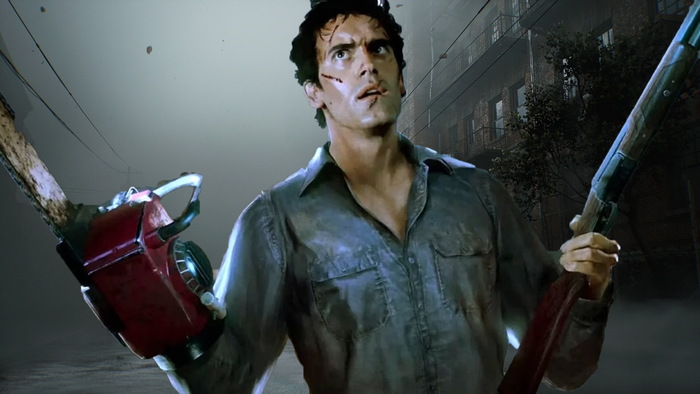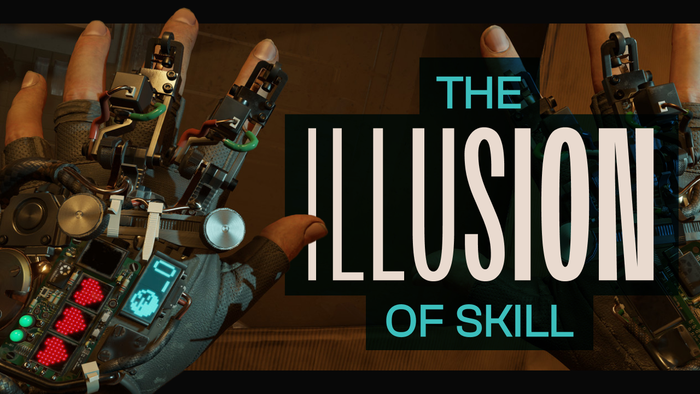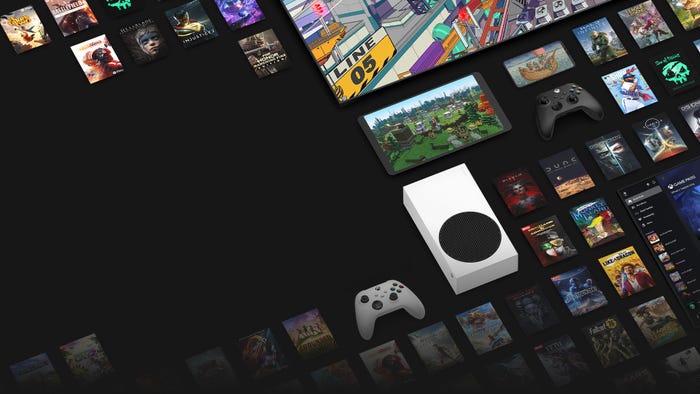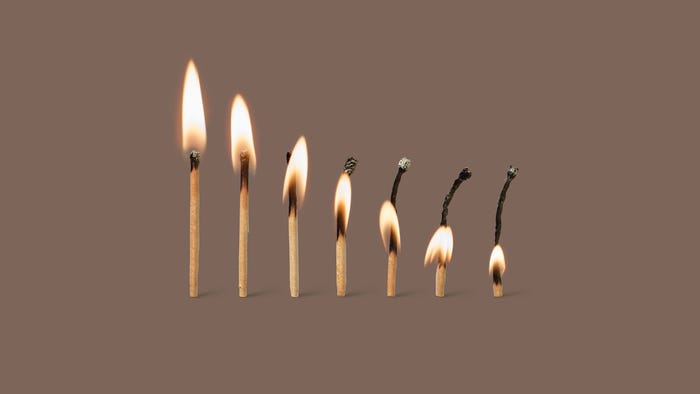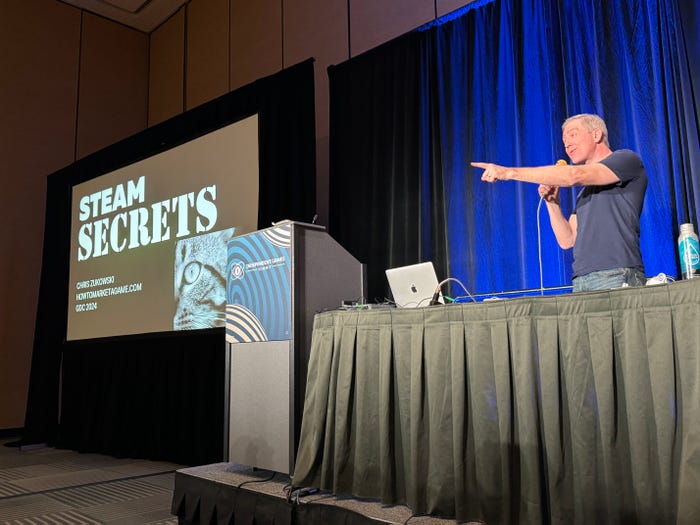The Basics of Designing and Creating Low Polygon Models
Detail is an important part of creating loy poly models, but the main goal is to always be aware of the big picture. You may find yourself modeling a fingernail and forgetting that you only gave the character only three fingers. This could be a problem. Occasionally get up from your desk walk back about 4 or 5 feet and look at your model from a distance. Check to see if the character looks good, has shape; see if you can clearly make out what makes your character distinctive. Chad Walker takes you the basic steps used to design and create low polygon models.
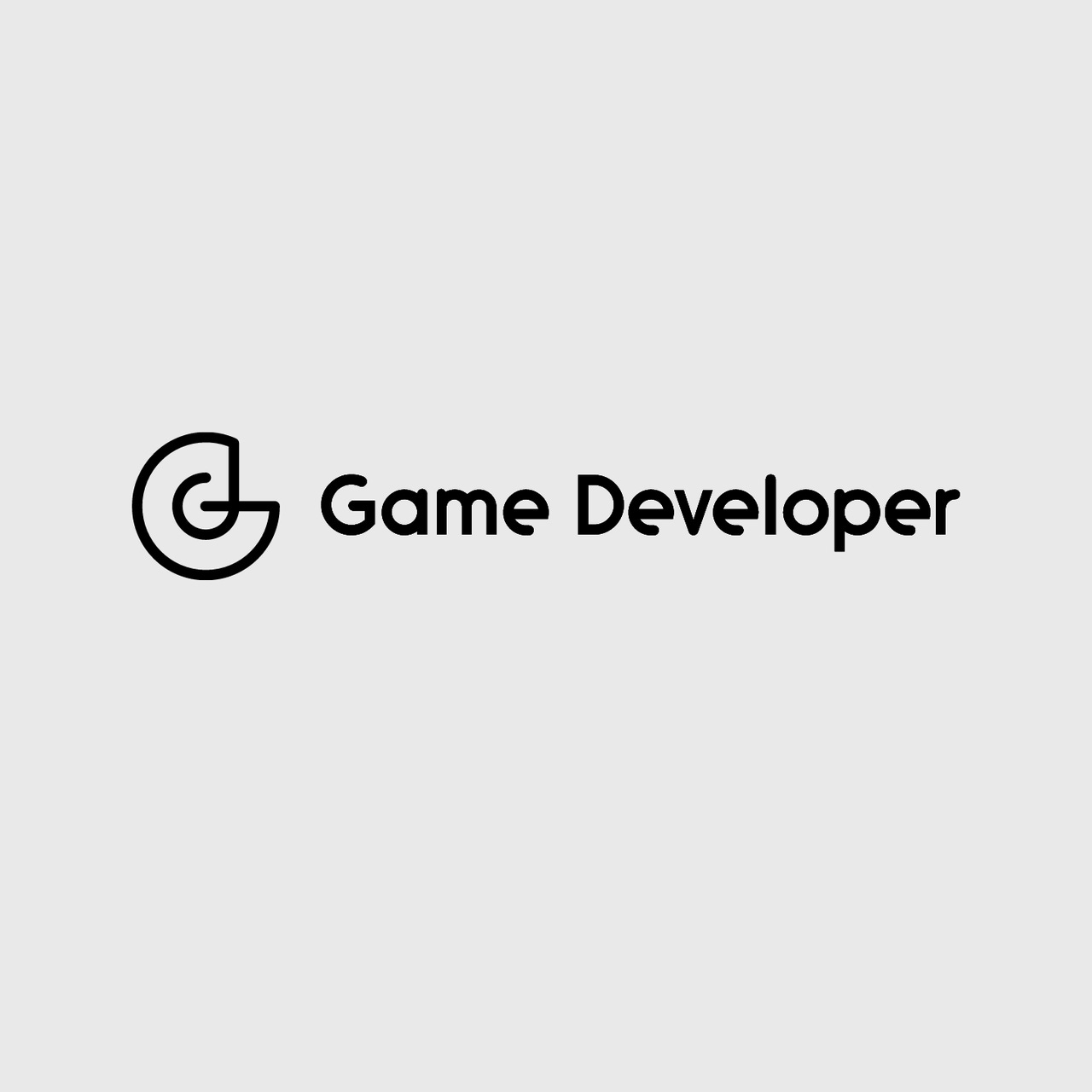
Concept
Draw first, then model
When beginning any type of character design for videogames, you first need to have an idea. Once you have an idea in mind, then comes the task of drawing a character. Be sure to free sketch for a while before you jump into drawing the characters. By this I mean, that it's a good idea to get loose so that you'll be at your best when it comes time to drawing the actual character.
Now, what do I use to draw with? Well, personally I use pilot pens, sharpies, mechanical pencils, and on those rare occasions an eraser. Paper is really up to you. If you like heavy stock paper with smooth plate finish, or maybe you're into the rough grainy paper. When I go about sketching, I'll use plain old 11x17 copier paper, which always gets the job done.
The best course to take when approaching a conceptual design is to create a solid front, back, and side view of the character so that you or the modeler will have exactly what you need. In the images below, you can see that we have a generic side view of a man. This will be the main image we'll use to create the army man. The front view of the character has been rendered tight but kept linear to clearly show the outfit. The other advantageous illustration you can choose to create is an action shot of the character in one of his or her many moods.The final image is a shot of the character in the heat of battle. Basically he's taking on everyone.
Tags
Tags are the properties of a character that you want to stick out. Take for instance, Batman with his pointy ears or Wolverine with his claws. These features should be clearly visible, easily noticed in a silhouetted shot and at a far distance. As you create your next character, be sure to add a cool tag that will set them apart from everything else!
Generic
The term Generic basically refers to something that looks very normal. There are no features of the character that stick out; he's just another face in the crowd. And in this case, we're going to use the generic human figure. In our book Game Modeling Using Low Polygon Modeling, we demonstrate the use of creating different characters by using a very generic human body sketch. Once you have established a solid character to work from, then changing the weight and appearance is no big deal. A basic example of this can be seen in the faces below. The first is normally structured, while the second has been distorted slightly. The biggest difference would be the jaw line; which has been increased, the nose was made shorter, and the mouth and chin have been drawn much larger.
Modeling
Basic Modeling Principles
The following examples illustrate a basic method for making models. The main tools you need to be familiar with are the vertex, edge, and face tools. A good understanding of those and their accompanying options will help you to easily maneuver through your next project. This and the modeling aspects are illustrated in greater detail in our book, showing you each step involved in modeling the head, body, hands, and just about everything else you'd want to know about. So, to have an idea of what goes on, we'll demonstrate it here.
The Side View
The first and foremost important view you'll ever need is the side view. Many people attempt to model characters and creatures using a front view technique, but to no avail. The importance of a side view is to capture the stance, the true outlining form, which you cannot get from a front view. Don't forget, when you are modeling a character, be sure and use a side view so that the likeness, posture, and everything else is placed correctly on to the character.
When modeling the character, you will need to place the side view sketch on the background of the view port and trace around it. So, with the 2D Line Tool (drawing tool), divide each shape as shown in below. While you are outlining the picture, make sure that you are placing the vertices around the same location as I have done. If you want a character that has a higher polygon count you will need to add more vertices around his outlining shape so that it will be smoother.
Once the outline of the character has been established, we need to give it some life in the 3D world. Us the Extrude Tool and extrude the character's body and head to half the width of the actual character. Then extrude the leg and arm the full width of their actual shapes. You can get the proper widths by using the front view sketch that we did earlier. Next, divide the character two more times down the center. This will give us about all the vertices we will need to finish modeling the character.
Now that the model is properly extruded, you can start to refine each of the shapes. As you see above, the character is very rough and has extremely hard angles. The side view is really good but we need to start working over the front and perspective views. First, let's hide the arm so that we have a clear view of the body and leg. Next, select the Vertices Tool and select the outside vertices of the leg. Then with the Scale Tool, bring all the vertices inward as shown below. Notice that you don't have to use the Scale Tool. Most of time I'll just use the vertices tool and pull each vertex inward until it looks good. Once, you've moved the outside vertices, it's time to work the front view of the leg over. Be sure that while you're moving the knee cap vertices in, that you have the front view sketch either as the background image or at least next to you as reference.
Now that the leg is refined, let's move on to the arm. (If you've hidden it, you can bring it back now.) Select the arm and use the rotate tool to raise the arm up so that it's perpendicular to the body. Once the arm is up, go ahead and start refining the shape from the front view with the vertices tool. As you can see, we've pulled the vertices around the elbow inward, given some slight definition to the shoulder, and tapered off the forearm and hand.
In the image below, we have completed smoothing the body. With each set of vertices, we've slowly pulled them inward so that they will start sculpting and refining the body. Then in the front view, notice how we've managed to create a smooth looking waist and jacket bottom. Don't forget to use the front view sketch for the basic outline refinement of the character.
Now that the character is refined, you will need to attach the arm to the body. (Note: the leg and the head will not be attached, but if you want to attach them, then go for it!) The image below shows the arm before being attached. Before you begin attaching the arm, move it as close to the body as possible.
With the arm next to the body, all we have to do is build a handful of faces with the Face Tool ('build' new polygons). Be sure that once the faces are built, that you delete any polygons that are hidden or no longer needed.
The character is ready for it's twin. Select the whole character and make a copy. Now that was easy! We now have a perfect match.
Select the copy of the character and Mirror it, so that it'll be the exact opposite of the original half. Then move the model right next to the original character. Be sure that they are as close together as they can get and then weld all the vertices in the center together. On occasion, you may have to build a few faces if there are any open areas so make sure to give it a good look over before continuing. After the character is welded, take one more look at it and you might notice that the chest line could be pulled inward as well as the spine, to give it some more depth. If you find something that looks in need of refinement, then select a tool and go to town.
After the character is done, you can start working over all the accessories. We have already made all the weapons and placed them on the character. If you'd like some good practice with easy shapes, take a moment to model out each shape like we've done. (Note: Most of the shapes are very easy because they are basically boxes and spheres.)
The character is now complete! Great job!! Now let's touch on one more thing that you need to keep in mind while you're modeling…
K.I.S.S
I have often heard this expression used and felt that it would apply nicely here. Since we are in the business of creating low polygon models and are required to make them look fascinating, then keep this in mind when you're modeling…Keep It Simple, Stupid. If things start looking complicated and high, then they probably are, so whenever you get a chance to remove unnecessary polygons or collapse several vertices together, then do it! Remember to try and keep the angles soft, but don't 'waste' a ton of polygons doing it.
Texturing
Cameras and Photos are our friends
Hours and hours of endless search can happen when you look for textures on the Internet or in books. So, let's try it from a whole new approach. Start off by writing down a basic list of pictures you'll need, go outside with a (preferably) digital camera, enjoy the beautiful day and take the pictures you 'really' Need. By taking the time to photograph good pictures you'll increase your artistic talents, meet new and interesting people, and eventually build up a library file of huge proportions that you can call your own. Since most games 'attempt' to create real worlds -- isn't it about time we start using real world images?
Tweaking and Cleaning
The last step is to clean your new textures up a little. Most cameras bring the images in rather nice so the most you may need to do is to brighten, sharpen, or hue the image just a bit. The choice is really up to you and the type of game you're creating. Be sure and take the time to check each image, make sure it's presentable, and most importantly be certain it's the one you're looking for.
Once the model is done you can create the U.V. maps for the character. Notice that in the images below, we have pushed all the pieces as close to one another as possible. If you have some objects that are going to be the same, then just make sure to lay each of those shapes on top of each other to conserve space.
The images below show some of the different texture maps that we made for the model. You could have placed these objects a hundred different ways, so if you have some cooler ideas for a layout, then go for it! With the texture maps complete, we can place them on the character as shown in Figure 28.
Okay, that's it! You may have a little more cleaning up to do, but other than that, we have a brand new super soldier!
The Big Picture
Take a break
Next to creating a cool 3D model, one of the most important things to do is to step away from your work for a moment. Step away? Why? Well, because you can be starring at the model for so many hours that you can easily over look things. So, get something to drink, go make you a sandwich, get up and stretch, or check out the news real quick. When you feel like your mind is active and conscience once again, then feel free to return to the world of modeling.
See the big picture
Breaks are important and so is detail, but the main goal is to always be aware of the big picture. You may find yourself modeling a fingernail and forgetting that you only gave him three fingers. This could be a problem. So, make sure you've always got the concept sketch in the background of your view port or sitting beside you at your desk. Also, be sure that you occasionally get up from your desk walk back about 4 or 5 feet and look at your model from a distance. Check to see if the character looks good, has shape; see if you can distinctly make out a tag mark on him/her.
Be sure to do the following:
Think
Stay focused (but not to focused)
Draw, doodle
Keep your mind open for new possibilities
Experiment
And most importantly, have fun!
When you accomplish these tasks and they become second nature to you, then you are one step closer to becoming the world's greatest game modeler! Now get out there and practice, practice, practice.
Read more about:
FeaturesAbout the Author(s)
You May Also Like


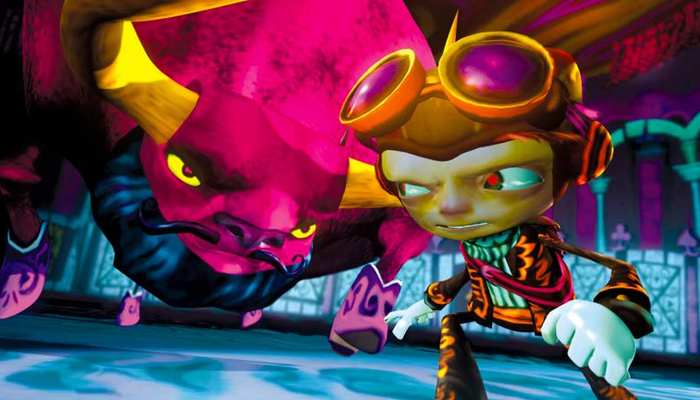
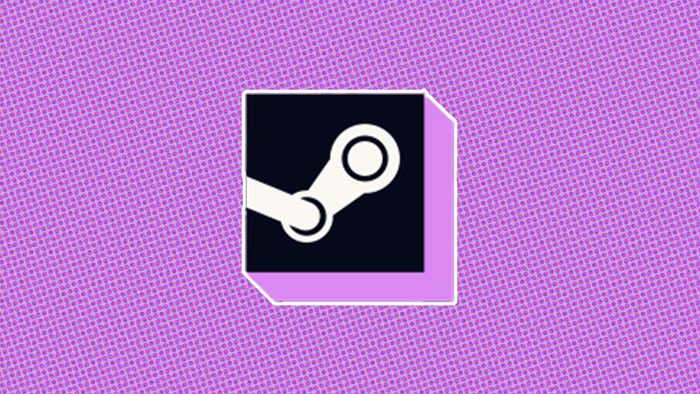
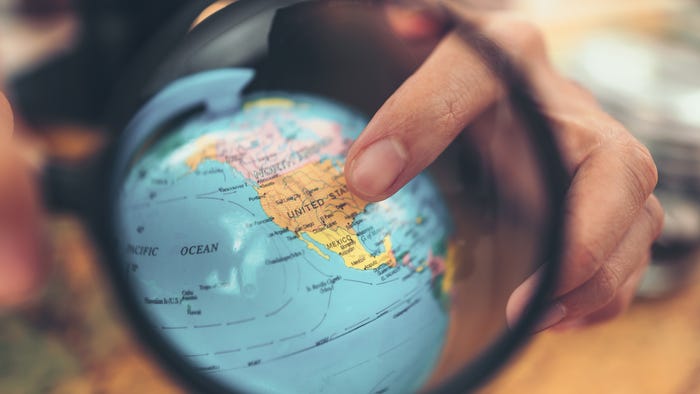
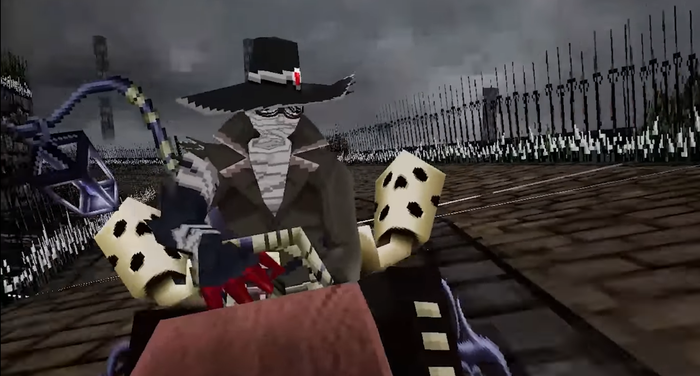
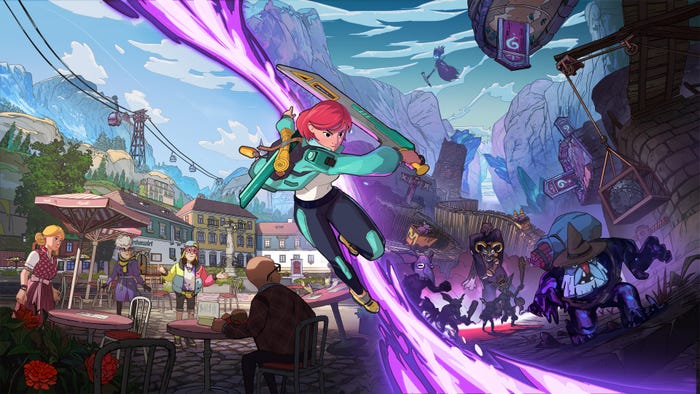
.jpeg?width=700&auto=webp&quality=80&disable=upscale)


